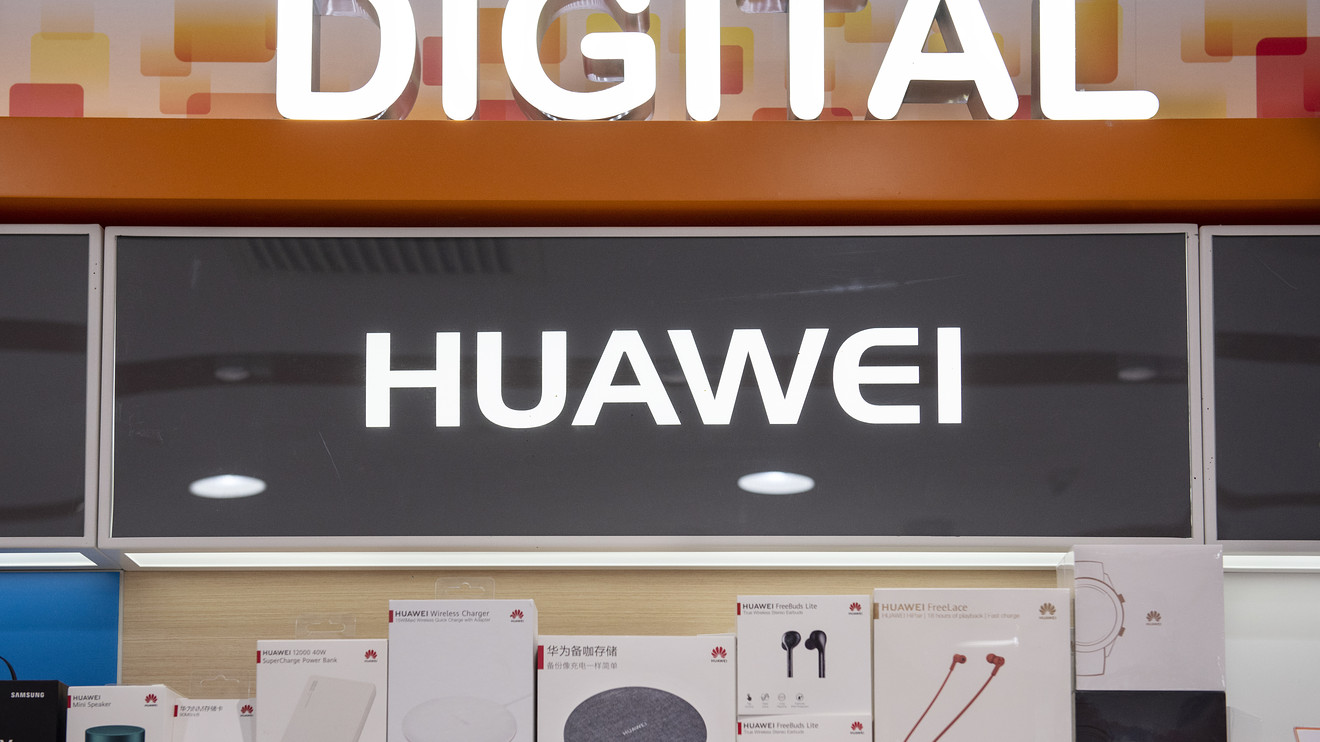President Donald Trump boasts that he frequently talks with Apple Inc. CEO Tim Cook about a variety of topics.
Well, he might soon be hearing from his good pal Tim about the effects of his anti-Huawei actions.
Trump’s hard stance toward China on trade, and Huawei Technologies Co. specifically, didn’t help iPhone sales in the second quarter. While Huawei recorded a 16.5% jump in smartphone sales year-over-year, spurred by sales in its native China, Apple’s AAPL, -0.65% sales fell 13%, according to global sales figures released Tuesday by market researcher Gartner Inc.
Trump has targeted Huawei amid a trade conflict with China, which has included banning American companies from working with the tech company. That ban, which has been softened to requiring a license to do business with Huawei for now, would be a problem for Huawei’s smartphone business, which relies on Alphabet Inc.’s GOOGL, -0.08% GOOG, -0.04% Android operating system.
Chinese consumers have reportedly responded with nationalistic purchasing of Huawei smartphones, which no major U.S. carriers sell. Along with a move toward cheaper phones, that helped Huawei — the No. 2 smartphone manufacturer world-wide — widen its lead on No. 3 Apple.
See also: Apple’s stock takes a ‘gut punch’ from Trump’s tariff threat
Overall, world-wide smartphone sales dipped 1.7% year-over-year in the second quarter to 368 million, as demand for high-end smartphones “slowed at a greater rate than demand for mid-range and low-end smartphones,” Anshul Gupta, senior research director at Gartner, said in a statement.
That translates into bad news for Apple, whose high-price iPhone is losing market share to Asian rivals Huawei, Samsung Electronics Co. Ltd. 005930, +1.03% , and Xiaomi Corp. 1810, +1.03% , all of whom offer lower-cost models packed with premium features such as multi-lens front/back cameras, bezel-less displays and large batteries. All three Asian manufacturers increased market share year-over-year as Apple declined.
Huawei, which initially was hurt by a U.S. ban of its products, saw smartphone sales improve slightly on the ban’s deferment. Where it made up for lost sales was in greater China. Unit shipments soared 31% in the country amid the reports of nationalistic buying. For the quarter, Huawei sold 58.1 million phones, good for 15.8% market share.
Gartner found that smartphone sales increased in China, one of only two of the top five smartphone markets to grow in the quarter. Overall, China sales grew 0.5% to 101 million phones, making it the largest smartphone market, while Brazil was the only other major market to grow sales, by 1.1%.
Apple, which is expected to unveil a trio of new iPhones next month, continued to suffer market erosion. It sold 38.5 million phones in the second quarter for a market share of 10.5%, according to Gartner. Last year in the same quarter, Gartner found that Apple sold more than 44.7 million phones for a market share of 11.9%.
See also: Tim Cook donates nearly $5 million to charity, and Apple pledges aid for Amazon rainforest
Apple reported overall China sales of $9.16 billion, down from $9.55 billion a year before. Apple no longer reports iPhone unit sales, but overall iPhone revenue fell to $26 billion from $29.9 billion the year before.
After reporting those figures with second-quarter earnings in late July, Cook noted that the year-over-year performance of the iPhone business in China was better than it had been in the previous two quarters, and discussed actions Apple was taking to boost iPhone sales in the country, including cutting prices.
“We took some pricing action. We instituted our trade-in and financing programs in our retail stores and worked with certain channel partners on that as well. And we’re seeing a growing engagement with the broader Apple ecosystem during the quarter,” Cook said in a conference call.
For more: The iPhone just did something it hasn’t done in nearly 7 years
Samsung, the world-wide market leader, sold 75.1 million units, or 20.4% of all phones.
“Strong demand for Samsung’s new Galaxy A series smartphones and the revamp of its entire entry-level and mid-range smartphone range helped this positive performance,” Gupta said in a statement. “Demand for Samsung’s flagship Galaxy S10 started to weaken during the quarter, however, indicating that achieving growth in 2019 as a whole will be a challenge.”
The figures Gartner reported Tuesday involved sales to end users, as opposed to reports analytics firms release on shipments from manufacturers to retailers. IDC reported in late July that shipments increased 1.5% in the second quarter — potentially to get devices out of China before increased tariffs — but also found Samsung and Huawei taking market shares at the expense of Apple.
Apple AAPL, -0.65% shares were down more than 1% in afternoon trading Tuesday. The stock has gained 29.7% so far this year, as the S&P 500 index has increased 14.8%.
MarketWatch staff writer Jeremy C. Owens contributed to this article.

